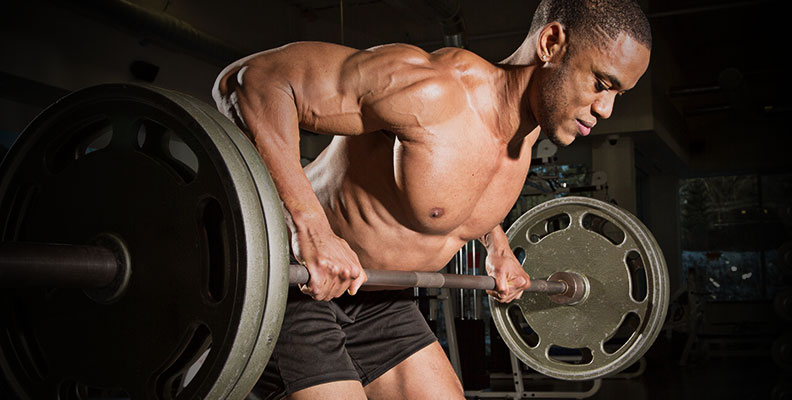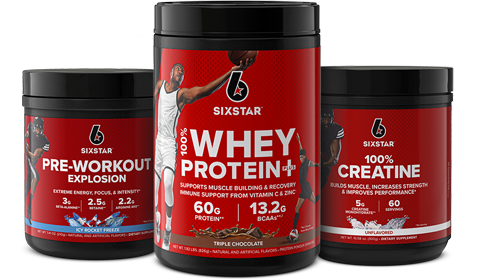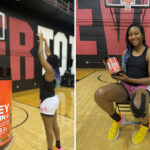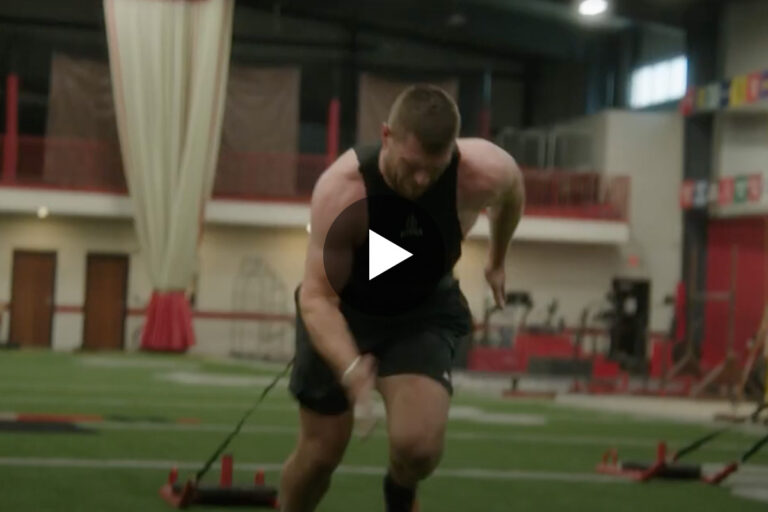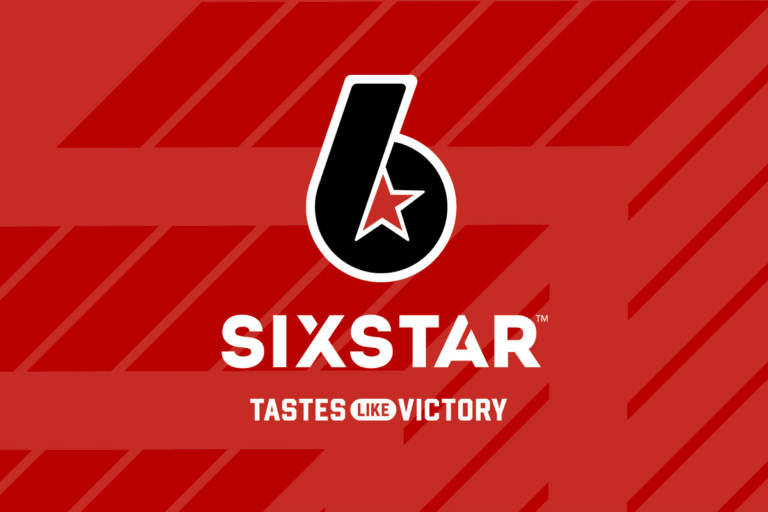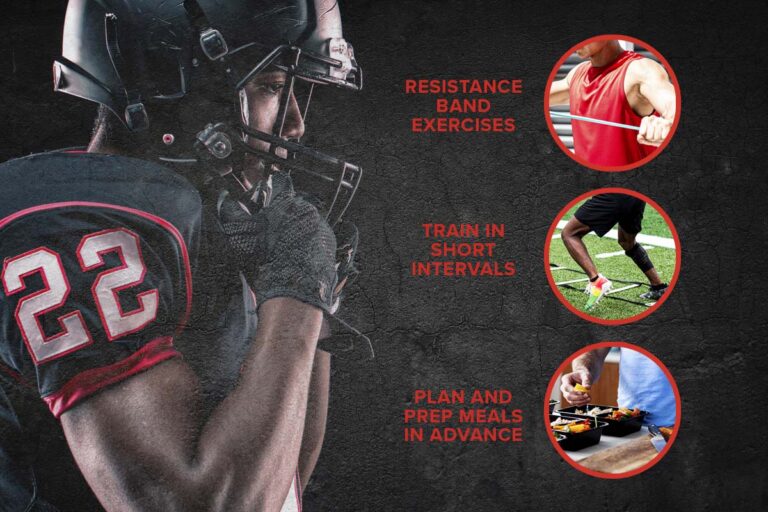When people choose a workout plan or attempt to construct one of their own, they often tend to use individual muscle groups as a focus for their program design. This may be useful for very advanced lifters and professional bodybuilders who need to focus on bringing balance to an already well-developed physique. However, for most recreational lifters and people who just want to get in better shape and/or perform better at their sport, it is much more effective to train movement patterns rather than individual muscle groups. Here are six movement patterns you should structure your training around for optimal results.
1. UPPER-BODY PUSH
This upper-body movement pattern focuses on pushing a weight on your body through space. This pattern puts more emphasis on your chest, triceps and anterior deltoids (front part of shoulders) and can be performed in the vertical and
- Horizontal (e.g., Bench Press)

- Vertical (e.g., Overhead Barbell Press)
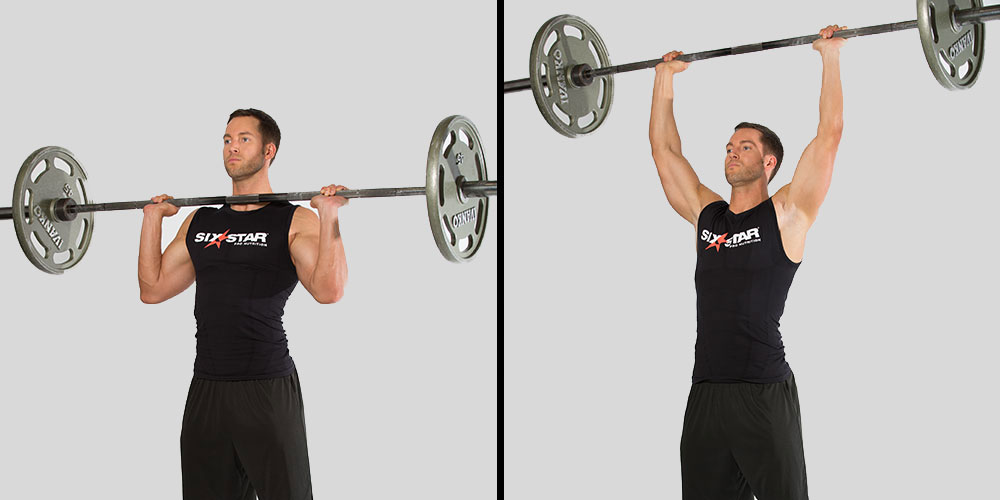
2. UPPER-BODY PULL
This upper-body movement pattern focuses on pulling a weight or your body through space. This pattern emphasized your upper-back muscles, biceps and posterior deltoid (back part of the shoulders), and can be performed in the vertical and horizontal plane.
- Horizontal (e.g., Barbell Rows)
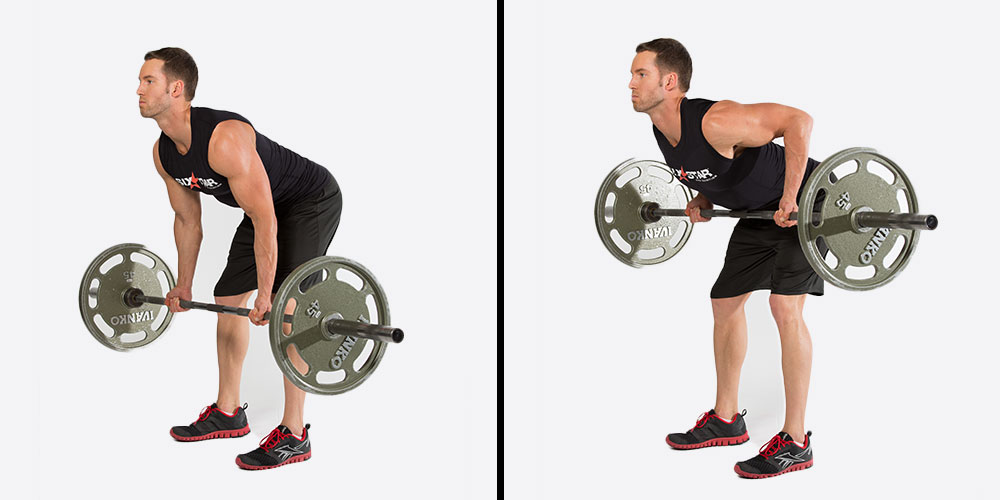
- Vertical (e.g., Pull-Ups)
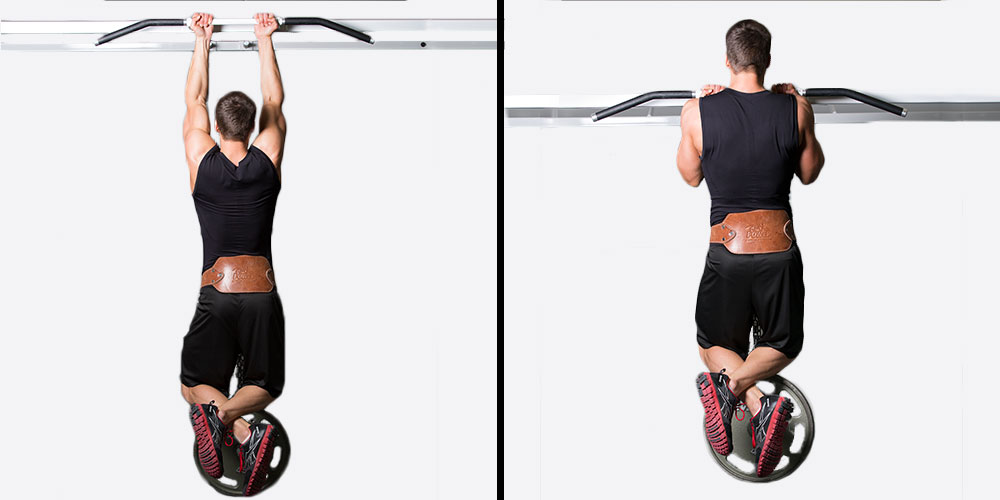
3. LOWER-BODY PULL
This lower-body movement pattern focuses on pulling a weight or your body through space using predominantly lower-body muscles. This pattern emphasizes your glutes, hamstrings and lower-back muscles. This pattern can be performed both bilaterally (using two legs) and unilaterally (using one leg).
- Single Leg (e.g., Single-Leg Dumbbell Deadlift)
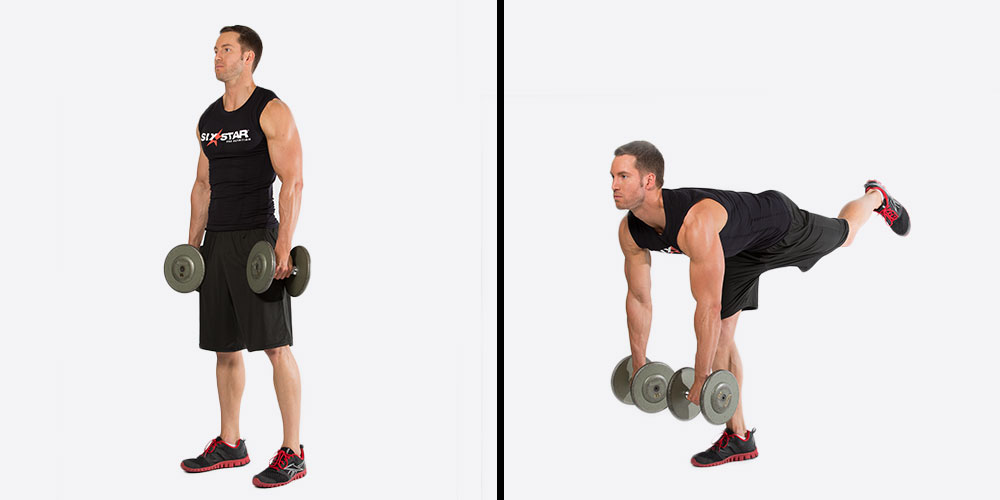
- Double Leg (e.g., Sumo Deadlift)
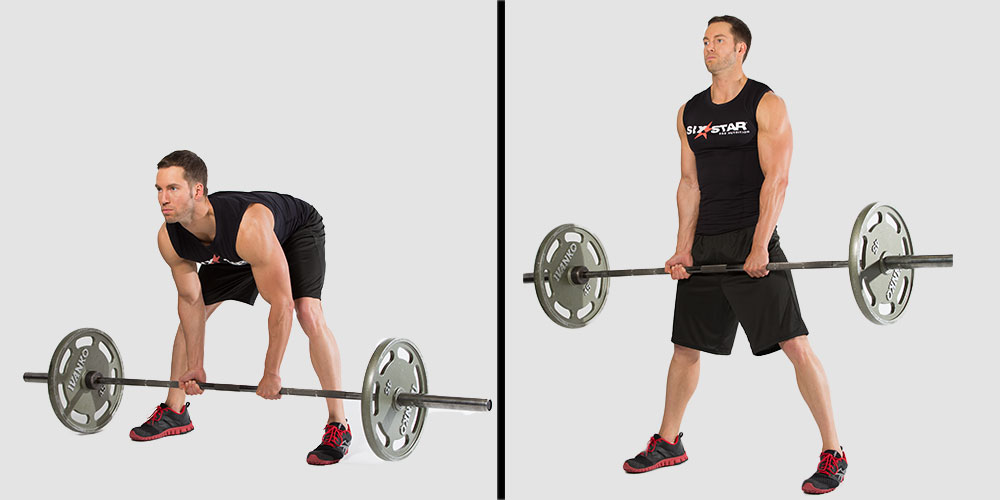
4. LOWER-BODY PUSH
This lower-body movement pattern focuses on pushing a weight or your body through space using predominately lower-body muscles. This pattern emphasizes your glutes, quads and calf muscles. This pattern can be performed both bilaterally (using two legs) and unilaterally (using one leg).
- Single Leg (e.g., Bulgarian Split Squat)
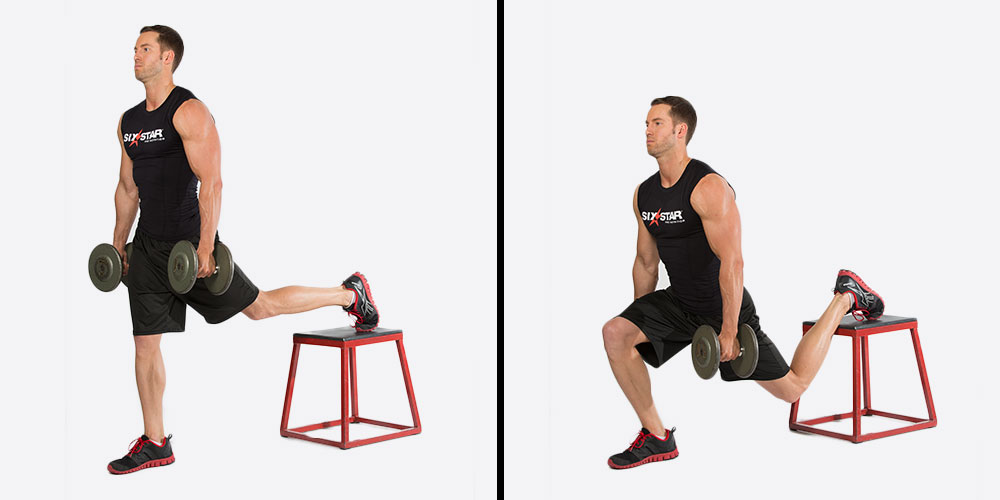
- Double Leg (e.g., Front Squat)
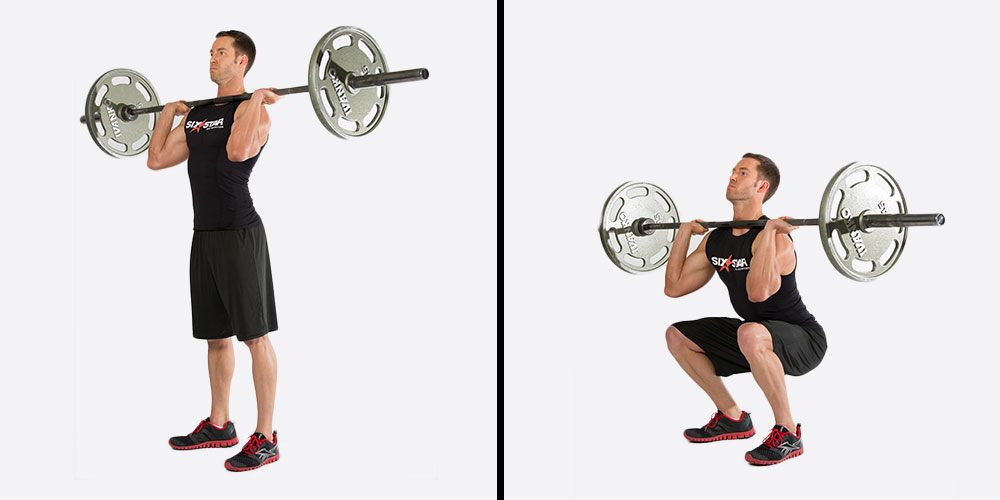
5. CORE
This body movement pattern focuses on using your core muscles to stabilize your spine. This pattern emphasizes your abdominal and lower-back muscles.
- Plank

- Hanging Leg Raise
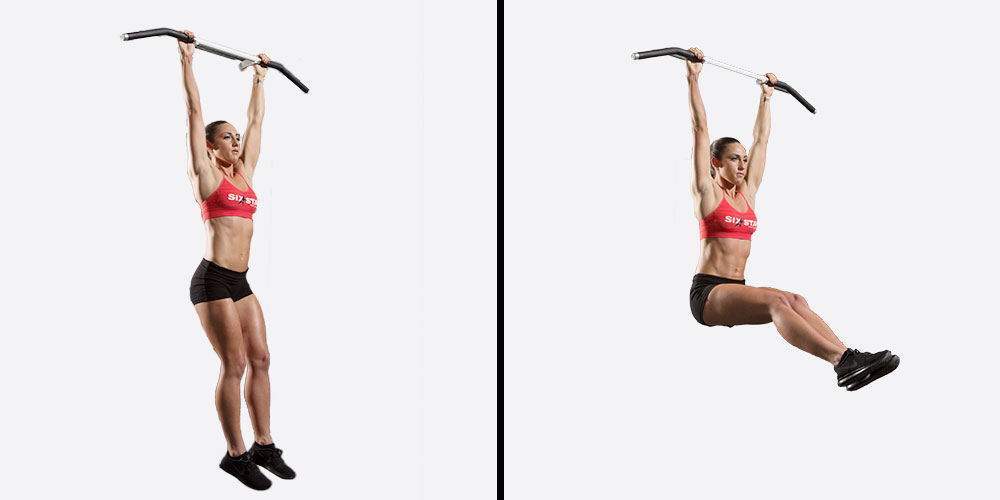
6. ROTATIONAL
This body movement pattern involves rotating either the upper or lower part of your body and using your core muscles to stabilize your spine. This pattern focuses on the obliques, serratus and lower-back muscles.
- Russian Twist
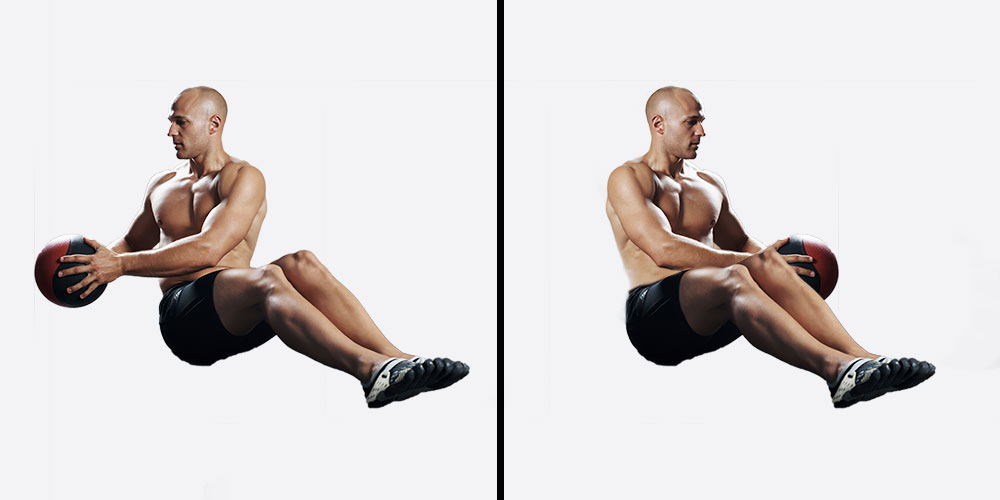
- Lateral Med Ball Toss

